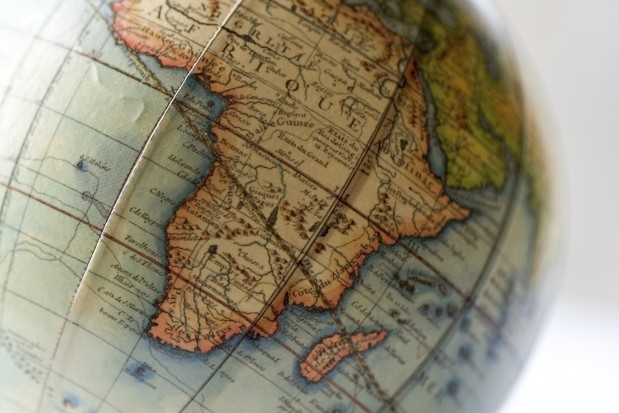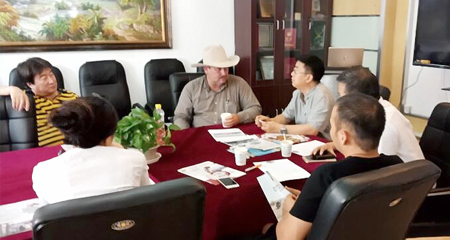The pledge made at the Forum on China-Africa Cooperation (FOCAC) in Johannesburg confirmed that despite lacklustre trade between the two in 2015, Africa remains a key priority in China’s foreign trade and investment policy.
The size of the figure surprised analysts but marked a progression of a trend that has existed for years. With each triannual FOCAC China has doubled its commitment to Africa, but this year it far superseded that, having pledged US$20bn in 2012.
Yun Sun, fellow at the Brookings Institute, says: “Differences with past commitments also lie in the composition of the financial pledges. In 2006, China specified that the US$5bn consisted of US$3bn concessional loans and US$2bn of buyer’s credit. In 2009, the US$10bn was in its entirety concessional loans. In 2012, China’s contribution shifted to $20 billion loans. And this time, the $60 billion are defined more broadly as ‘investment,’ including US$5bn for grants and zero-interest loans, US$35bn for concessional loans and buyer’s credit, and the rest as commercial financing.”
It highlights China’s increasingly aggressive attitude towards international financing and coincides with this month’s inauguration of the Asia Infrastructure Investment Bank (AIIB), which promises to be its main financing tool in the Eastern Hemisphere.
While specific details have yet to emerge, deputy minister of commerce Qian Keming outlined some of the areas China is likely to spend the money ahead of the next FOCAC in 2018:
The US$35bn “line of credit to the non-party” will finance more than 400 projects. There will be US$1bn set aside for SME lending, US$5bn for a development fund and there will be a removal of 97% of tariffs for African exports to China, from 31 African countries.
The Chinese delegation, led by President Xi Jinping, was keen to impress a shift away from the previous repayment model, whereby China would accept access to Africa’s natural resources in return for concessional loans. However it is as yet unclear as to how the loans will be repaid.
Yun Sun speculates that “GDP growth and tax revenue to be generated through the infrastructure projects, industrialisation, and trade facilitation in Africa will gradually lead to a healthy cycle of payment for Chinese loans”.
The 26 agreements signed during the visit to South Africa include a US$500mn loan facility for Eskom from China Development Bank and a US$2.5bn funding guarantee from Chinese export credit agency Sinosure to South African infrastructure company Transnet. This is to be used primarily for railway, ports and pipeline projects in South Africa. Transnet will use the guarantee to finance equipment procurement and cover funding for operation, maintenance and other services from Chinese enterprises in the country. Credit in terms of the agreement shall not exceed 15 years, writes Transnet in a statement.
The Export-Import Bank of China and Investec Bank have also signed a strategic co-operation agreement. This focuses on co-financing power and infrastructure projects in South Africa, Sub-Saharan Africa and eventually also in Europe. According to an Investec statement, the agreement will facilitate lending and financing transactions in the Chinese renminbi (Rmb) in Africa, while providing a platform for the export-import bank to access South Africa’s currency for financing opportunities within the country.
China’s commitment is timely for Africa, many parts of which have been bearing the brunt of its downturn, particularly commodity producing nations. The nine months to October saw bilateral trade fall by 18%, a bigger collapse than with any other continent.
Data from merchant banking firm Grison’s Peak shows that in quarter three, Chinese investment across the world fell, but that its presence in Africa remained strong. Of 19 government-related loans worth a total US$19.2bn, six were to African countries, totalling US$3.5bn.
The firm compares Chinese investment with that of the US and Japan, and also compares the amount pledged to the amount delivered, finding that “China led in all categories when compared to its global peers… If these results, measured on aggregate amounts (10-1 on a combined basis), occurred in a Champions League match, it would be described as a drubbing”.
“In 2014, according to China state councillor Yang Jiechi, China-Africa trade totalled US$220bn. China’s share of Africa’s foreign trade increased from around 4% in 2000 to around 21% in 2014. Moreover, according to Mr Yang, by June 2014 over 3,800 km of railways and 4,334 km of roads had been built or were under construction in Africa with China-based financing.
“The trade growth, coupled with the strategic imperatives for China to secure access to key commodities and expand market access for China-based companies, means China sees Africa as an important investment destination,” the authors wrote.
Visual Capitalist
Please
contact us in case of Copyright Infringement of the photo sourced from the internet, we will remove it within 24 hours.

